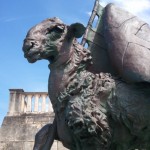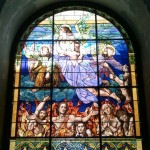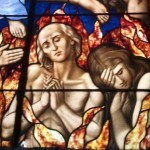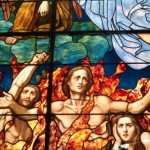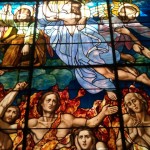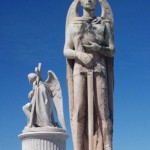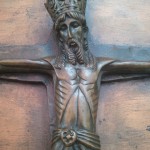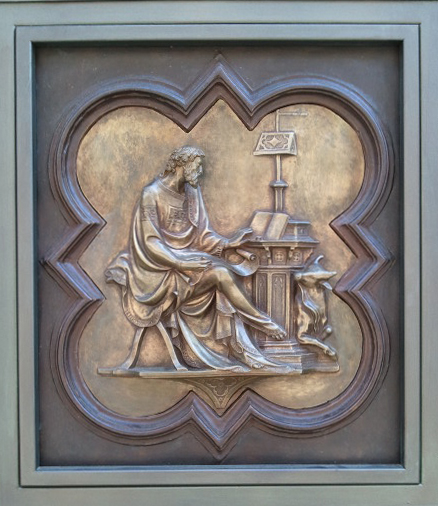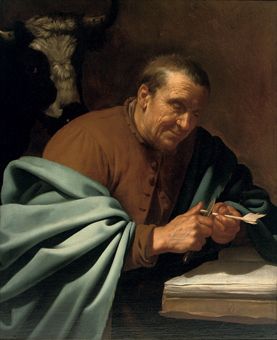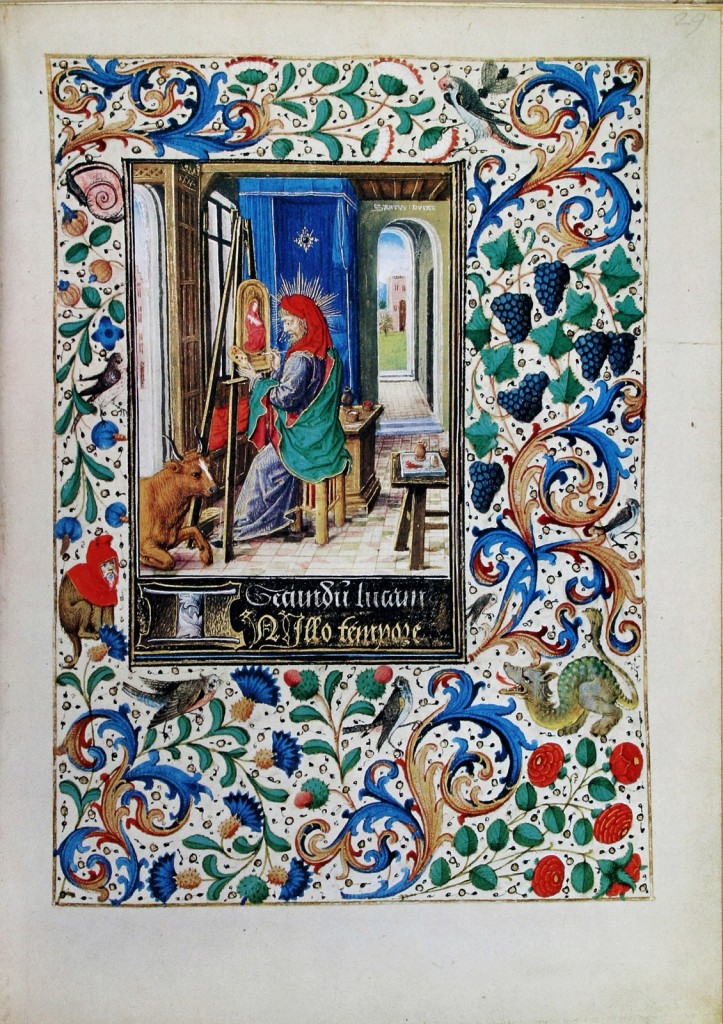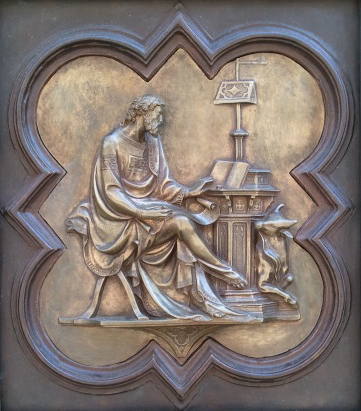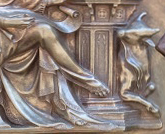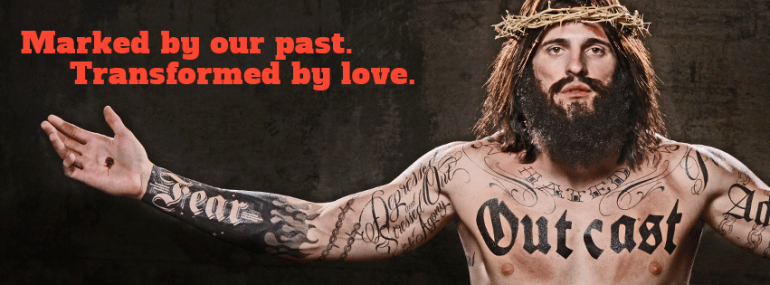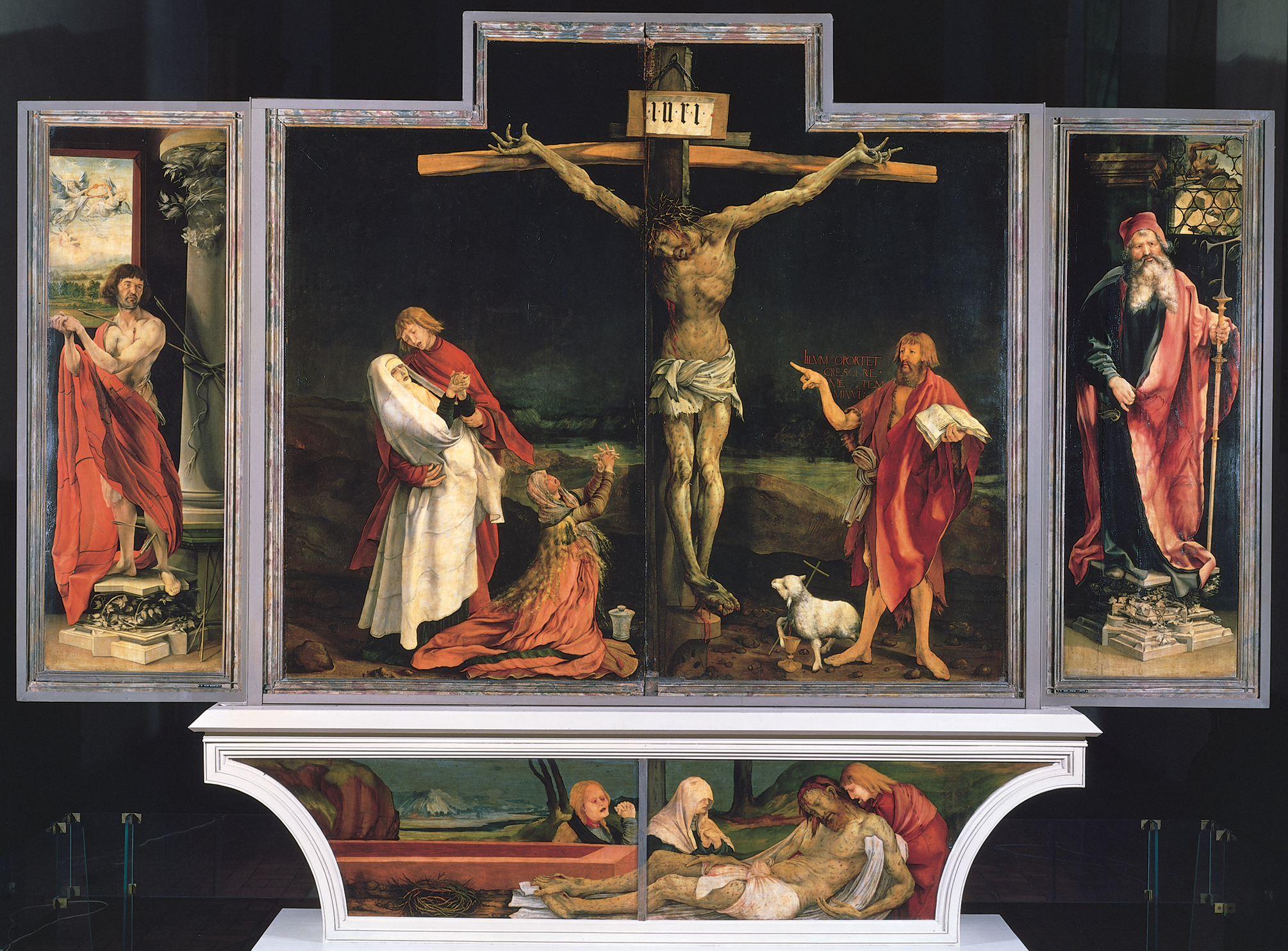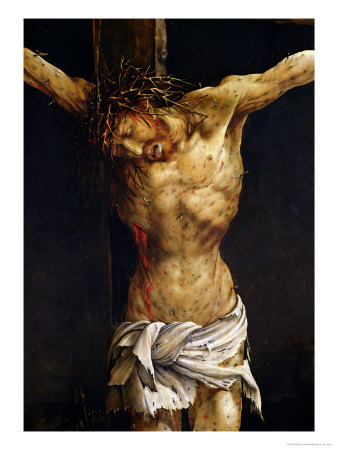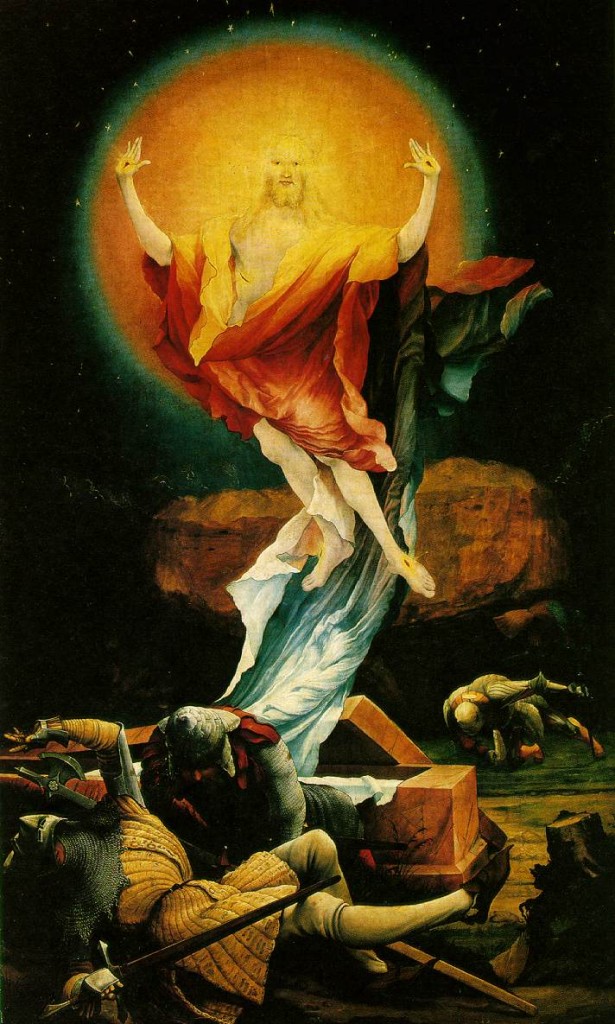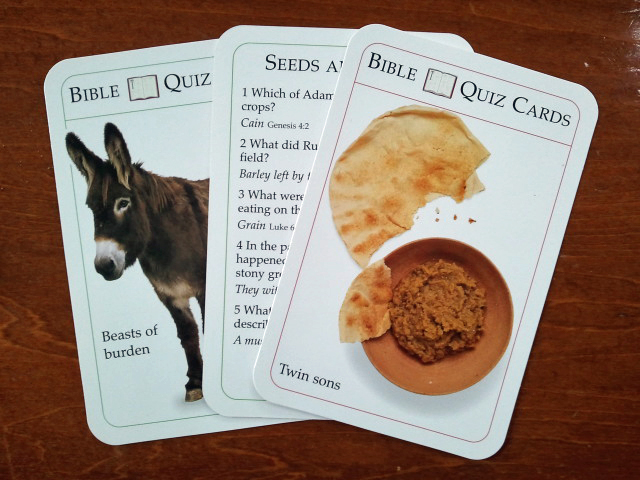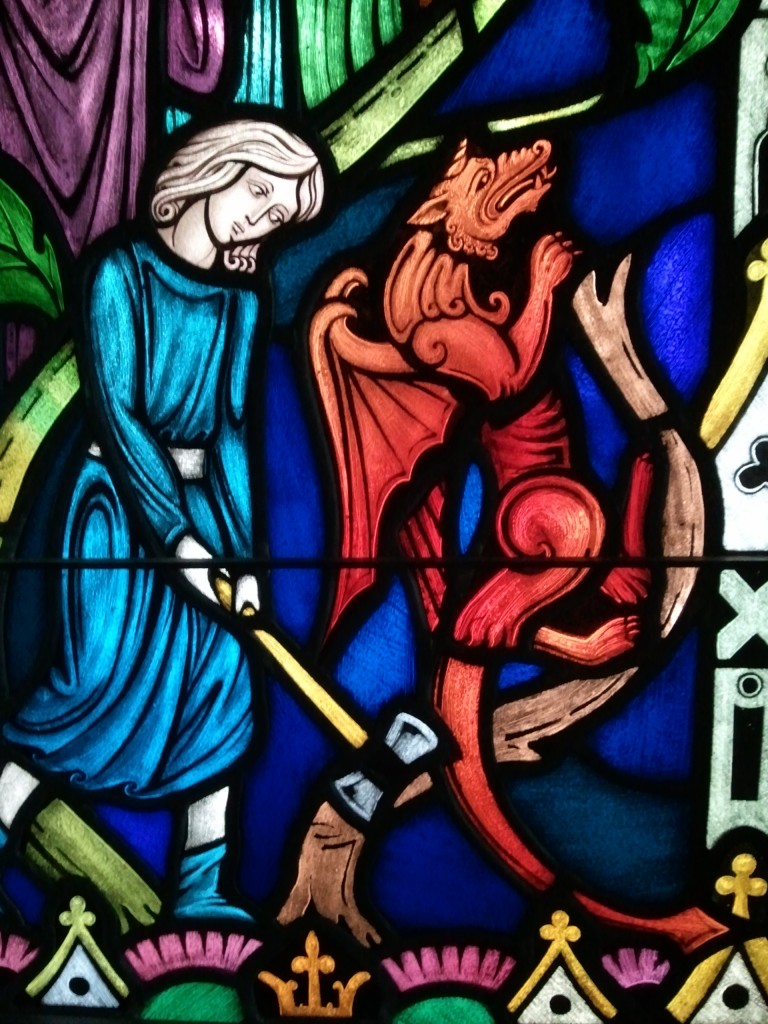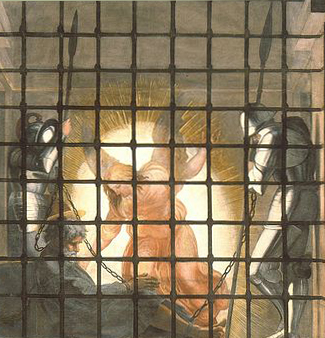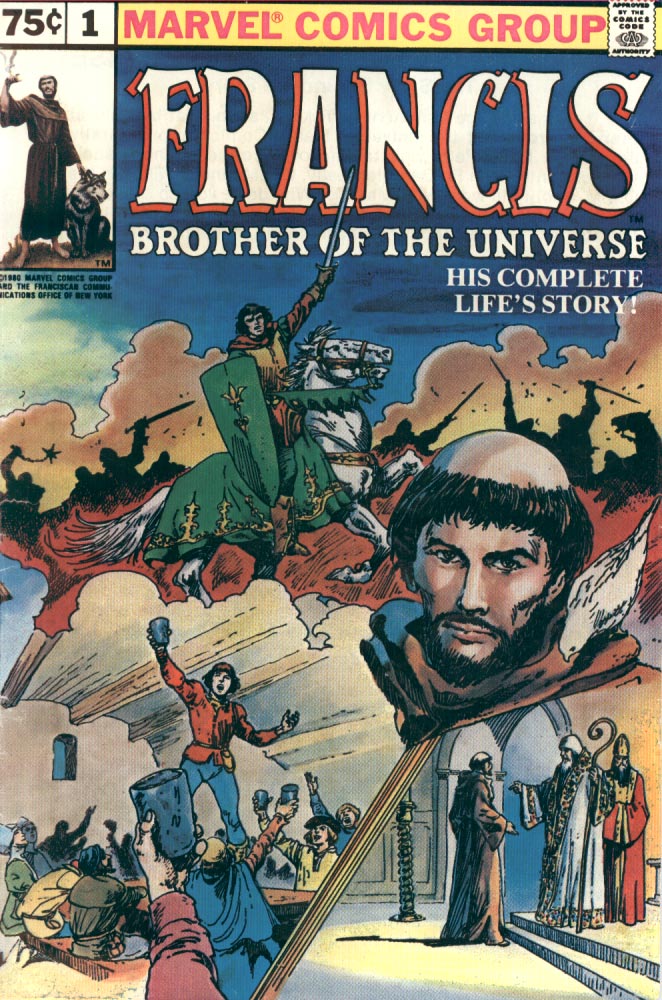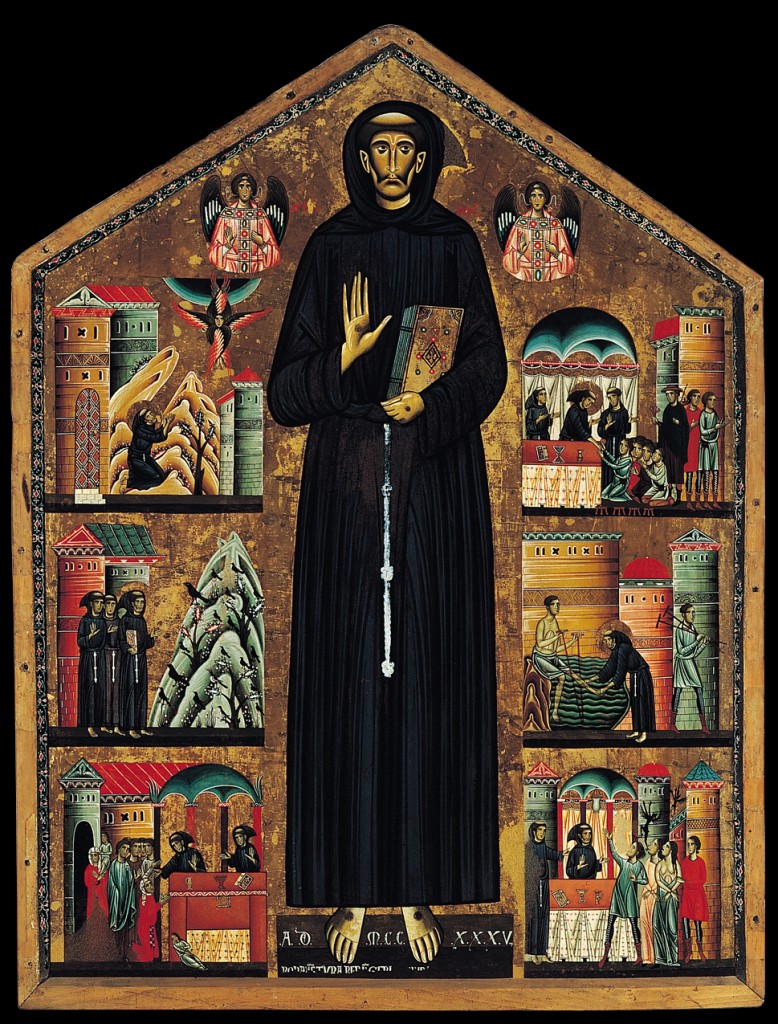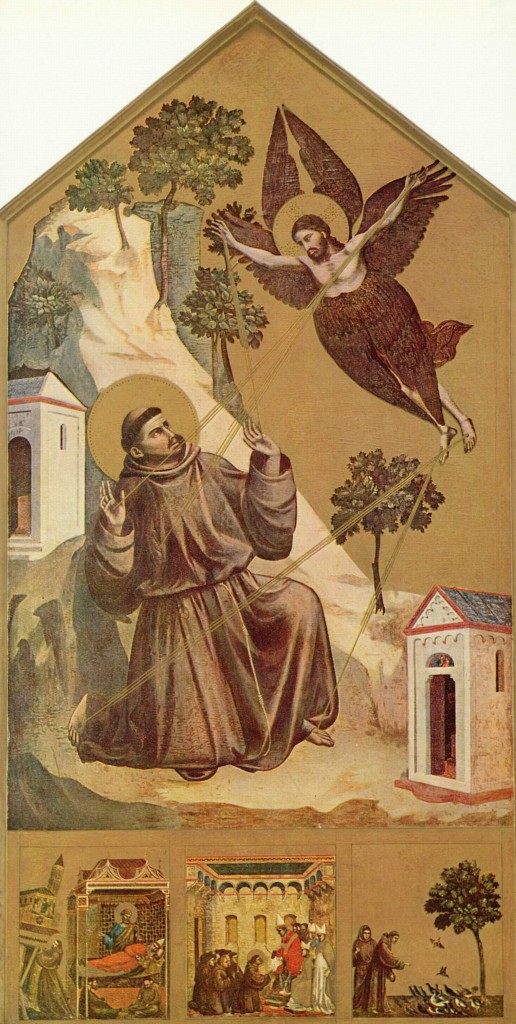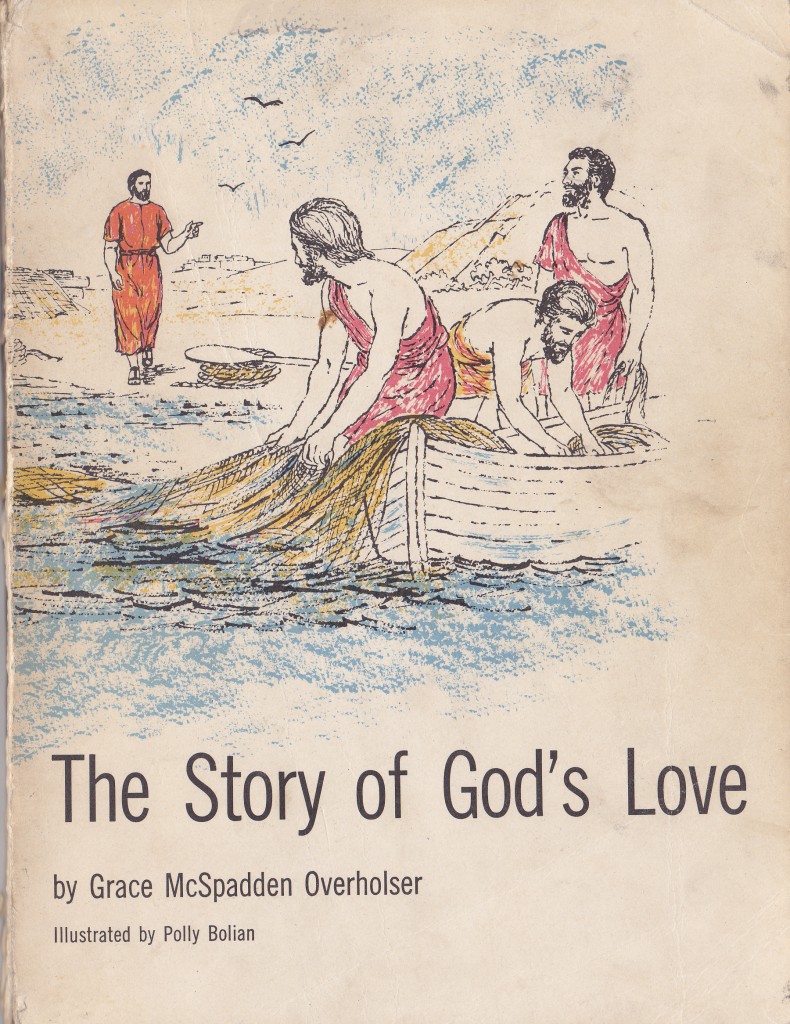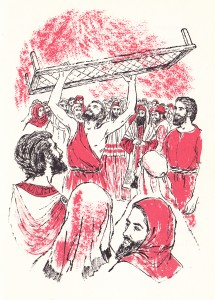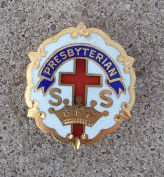…Jesus is reported to have made the blind see and the lame walk, and over the centuries countless miraculous healings have been claimed in his name. For those who prefer not to believe in them, a number of approaches are possible, among them:
- The idea of miracles is an offence both to man’s reason and to his dignity. Thus, a priori, miracles don’t happen.
- Unless there is objective medical evidence to substantiate the claim that a miraculous healing has happened, you can assume it hasn’t.
- If the medical authorities agree that a healing is inexplicable in terms of present scientific knowledge, you can simply ascribe this to the deficiencies of present scientific knowledge.
- If an otherwise intelligent and honest human being is convinced, despite all arguments to the contrary, that it is God who has healed him, you can assume that his sickness, like its cure, was purely psychological. Whatever that means.
- The crutches piled high at Lourdes and elsewhere are a monument to human humbug and credulity.
If your approach to this kind of healing is less ideological and more empirical, you can always give it a try. Pray for it. If it’s somebody else’s healing you’re praying for, you can try at the same time laying your hands on him as Jesus sometimes did. If his sickness involves his body as well as his soul, then God may be able to use your inept hands as well as your inept faith to heal him.
If you feel like a fool as you are doing this, don’t let it throw you. You are a fool of course, only not a damned fool for a change.
If your prayer isn’t answered, this may mean more about you and your prayer than it does about God. Don’t try too hard to feel religious, to generate some healing power of your own. Think of yourself rather (if you have to think of yourself at all) as a rather small-gauge, clogged up pipe that a little of God’s power may be able to filter through if you can just stay loose enough. Tell the one you’re praying for to stay loose too.
If God doesn’t seem to be giving you what you ask, maybe he’s giving you something else.
Frederick Buechner, “Healing” in Wishful Thinking: A Theological ABC.” Harper and Row, 1973.


